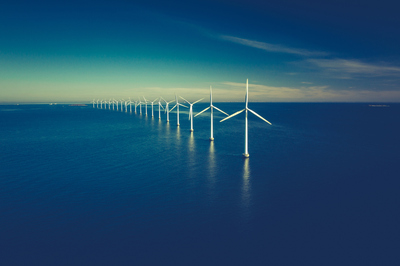Discover the critical challenges and promising future of the offshore wind sector, including insights on supply chain coordination, investor confidence, and talent acquisition, and understand why a strategic recalibration is essential for achieving long-term success.

3. The Talent Paradox: Big Bets, Deep Expertise, and a Reality Check
Offshore wind has always had big ambitions—but when it comes to talent, we’re now deep in paradox territory. The sector’s expected to triple in size by the end of the decade, and projections say we’ll need over 76,000 offshore wind technicians by 2028. That’s a huge leap from just a few years ago. Governments are rolling out skills initiatives, massive subsea cable factories are being built, and the message is loud and clear: jobs, jobs, jobs.
And yet—a growing number of highly experienced professionals are currently unengaged. Why? Because during the last market surge, salaries inflated dramatically with the Oil & Gas industry searching for a future beyond fossil fuels. The momentum was electric, the capital was abundant, and demand for talent outpaced supply. But now that the industry has entered a new phase—marked by tighter margins and steadier, utility-style returns—companies are finding it harder to match the compensation expectations they helped create.
“There’s a paradox here too,” Prasoon Kumar says. “You’ve got brilliant high-performers who can build the sector’s future—but we don’t have the budgets to recruit or keep them.”
It’s a familiar narrative for those from oil and gas, where offshore wind once found much of its early workforce. But this sector is no longer a mirror of that high-octane model. It’s evolving into something more structured, more measured—essential to energy security, yes, but governed by different economics.
At the same time, the rise of adjacent technologies like green hydrogen, carbon capture, utilisation and storage (CCUS), and advanced nuclear has added new complexity. These sectors are now competing for the same technical skillsets, often with greater speed and fewer constraints. So, while offshore wind continues to forecast ambitious growth, it now finds itself in direct competition for talent—with limited flexibility to secure it.
The result? A paradox that cuts both ways. The sector urgently needs people but can’t always afford the ones it needs most. And the professionals best equipped to drive progress are, at times, left out of the frame—caught between past expectations and new market realities.
To move forward, offshore wind must rethink not just who it hires, but how it values critical capabilities—particularly in functions like procurement, supply chain, and project delivery. These roles have shifted from supportive to strategic. They are now the difference between projects that stay on track and those that stall.
If the industry is serious about scaling, it must align workforce strategy with operational reality. Because this is no longer about riding a wave—it’s about building the infrastructure to carry the energy system of the future.





